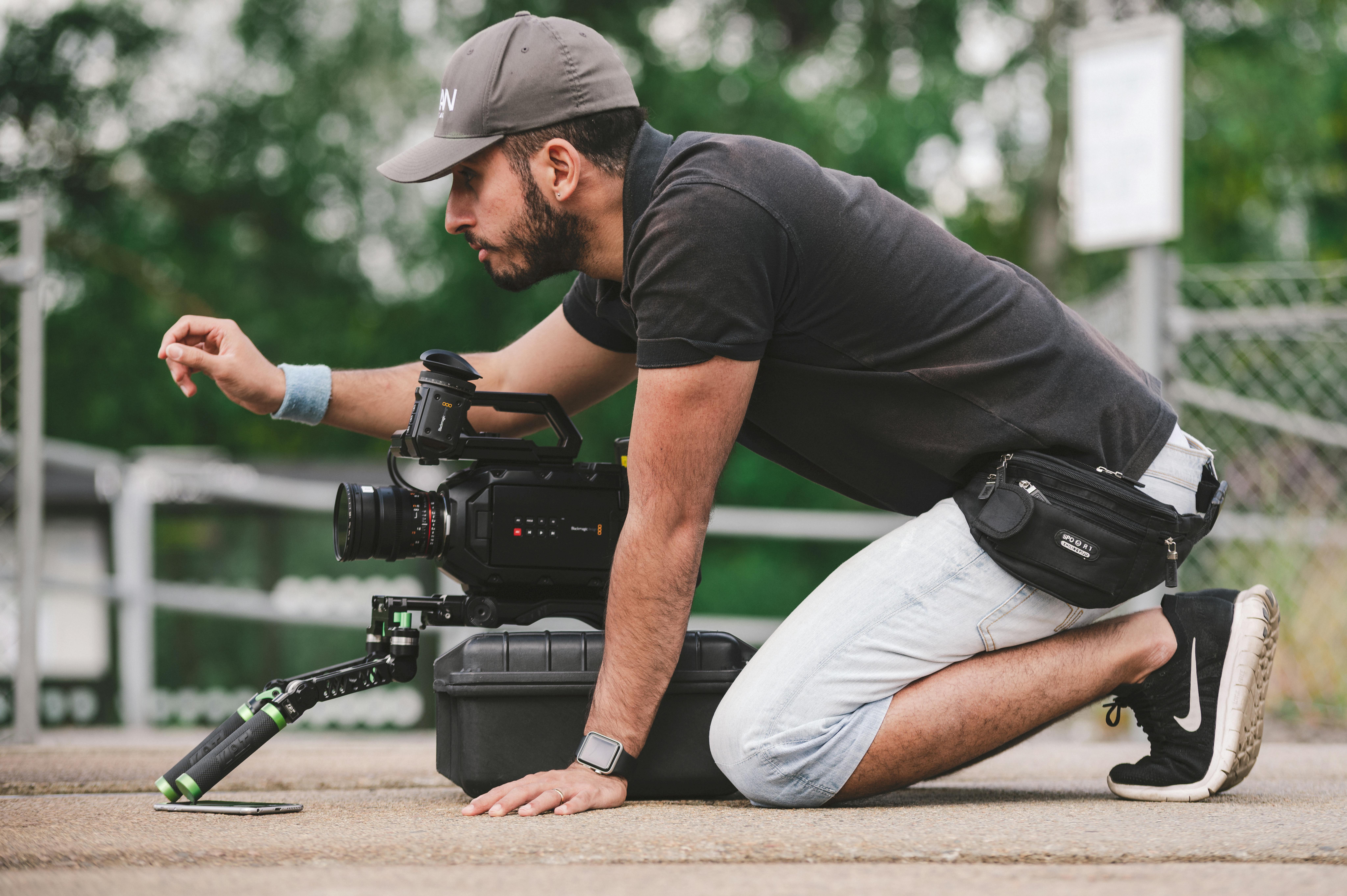There are two main types of lung cancer, non-small cell lung cancer (NSCLC), which is the most commonly diagnosed in patients, and small cell lung cancer (SCLC). , for its acronym in English) more aggressive and faster growing, which makes up between 10 and 15% of all diagnosed cases of lung cancer.
Non-small cell lung cancer: consists of three types: squamous cell carcinoma, adenocarcinoma, and large cell carcinoma, where several treatment options are available depending on its staging: biological therapy, chemotherapy, radiation therapy (high-energy light rays used to kill cancer cells by damaging their DNA and hindering their ability to both grow and divide) and surgery.
Small cell lung cancer: Consists of two types, small cell carcinoma (oat cell cancer) and combined cell carcinoma, where treatment options usually consist of: chemotherapy, laser therapy (a small beam of light that used to burn and kill cancer cells), photodynamic therapy (a light used to activate drugs that kill cancer cells), radiation therapy, and surgery.
However, chemotherapy, which has been around for about 70 years, remains the most widely used treatment for lung cancer. Since World War II, chemotherapy was once used as a chemical warfare weapon; however, today chemotherapy has evolved from a chemical killer to a savior of over 100 drugs.
Chemotherapy works by killing cancer cells and stopping their spread using a combination of drugs, and it’s something that has shown a fair amount of success over the years. However, chemotherapy also tends to cause unwanted side effects, as not only are the bad cells destroyed, but a considerable amount of damage is also done to the healthy ones.
Damage to healthy cells in the bone marrow (which produces blood), the stomach, the alimentary canal between the stomach and the anus, the mouth, and the hair, are common side effects suffered by patients. Although many of these side effects are usually temporary, they can be quite dire, which can also contribute to a negative effect on the patient.
Damage to healthy cells around hair follicles usually results in alopecia (hair loss), which for many can seriously damage their self-confidence and is probably one of the most associated side effects with chemotherapy. Also chemotherapy treatment can send signals to the brain telling the body to vomit, along with irritations in the stomach that cause the feeling of nausea.
The constant feeling of nausea, anemia ([low red blood cell count] makes the patient feel weak and tired), neutropenia ([low white blood cell count] can leave the patient open to infection) and thrombocytopenia ([low pateletes] cell fragment found in the blood that causes bleeding and bruising), are all things that can affect the patient.
Although chemotherapy treatment can cause harmful side effects for many patients, they are usually much less severe than those caused by lung cancer if left untreated. However, ongoing research and development is helping chemotherapy improve with the use of new drugs and their combination with other treatments to make it an even more powerful weapon.



